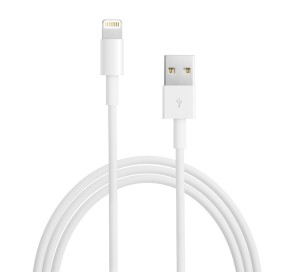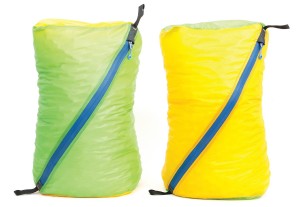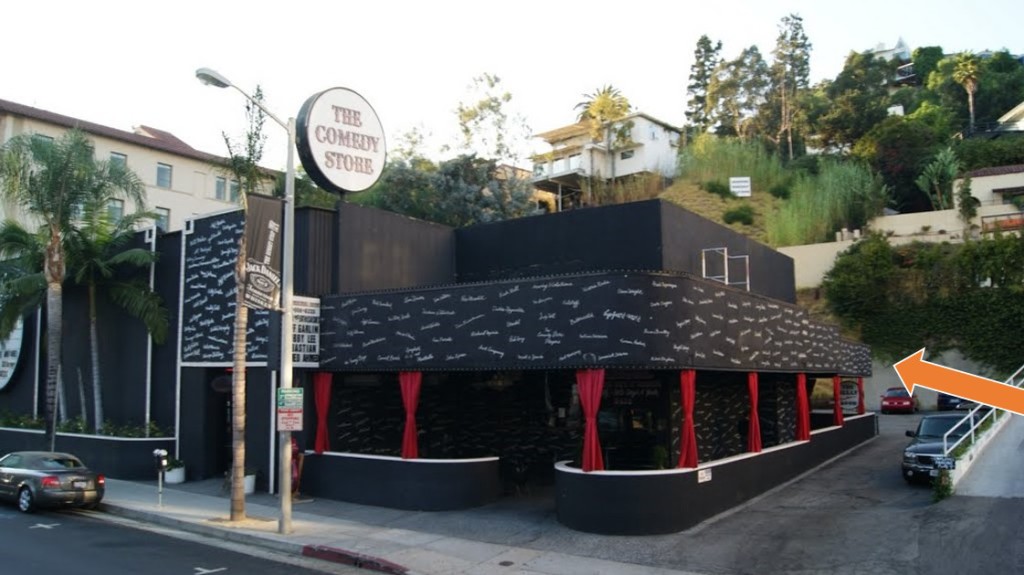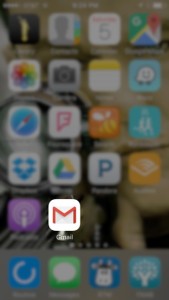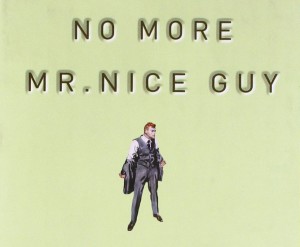How to Make Stuff Happen
Everyone’s got dreams: things that have never been done or that are bigger than what can be done alone. A few notes to make stuff happen:
[1] Be up to something.
Be up to this thing until you have momentum. Momentum is the flywheel of force that makes it easier as time goes on for you to continue contributing to this thing you are up to. Momentum consists of habit and ritual you’ve created which draw you back into taking actions for the same thing. Progress is an evidence of momentum. Being up to something means you have something at stake. You are living for something.

[2] Test for traction.
Once you have momentum, share what you are up to with another human being. Traction is momentum that attracts. When people are really up to something, it’s attractive. People will ask questions, dive in, ask for more, make offers in the presence of what’s attractive. If they want more of it, you’ve got traction.
[3] Invite.
Invitations without a background of people getting what you are up to leaves them unable to answer for themselves … “what’s in it for them to be asking me?” People are suspicious. Aren’t you? Invitations made in advance of experiencing momentum, with an absence of attraction, fall flat. People have their own stuff they are up to. Why would they create lifeless busy work for themselves? After people witness you being up to something and experiencing the momentum of it, only then does an invitation to participate stand of shot of landing.
[4] Stay the course.
Regardless of response to invitations, keep going. Making things happen requires not being messed with by responses.

Other considerations to make stuff happen:
Why invite someone to do something you aren’t up to? If you won’t do it, if you aren’t doing it … why would they?
Often a prerequisite to [2] is Make a connection. Connect with another human being so they can paint a picture of what’s going on in their world; something to which you can relate. Give them a chance to say what they are up to. You may find they are up to nothing. Start with a no-stake, no-demand, no-request contact. When they experience that you are willing to look into their world, they then may be willing to hear you offer something from yours.











